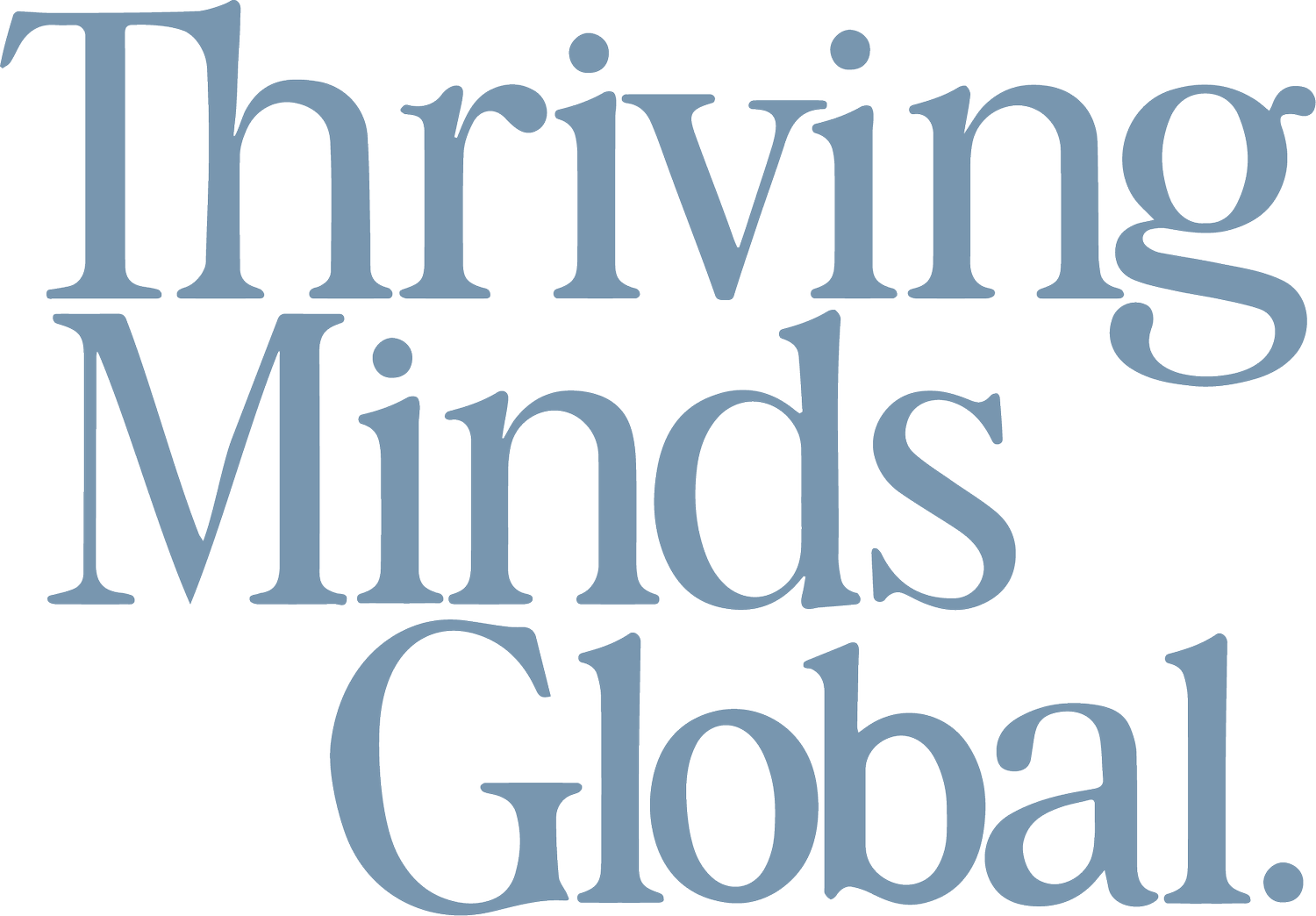Change Leadership | Overcoming change fatigue & the negativity associated with change
Change Leadership is a refreshingly nimble approach focused on leading, supporting and navigating change, irrespective of the complexity, intensity, and urgency.
The emphasis is on establishing a leadership capability that excels in establishing a clear and compelling vision, aligned with what is needed to achieve the vision and why it matters. A leaders role is never complete in leading change. Irrespective of the twists and turns the market, business, client landscape takes, leaders need to be able to, and prepared to, guide the business as needed, with clarity and direction. This is the ultimate essence of change leadership.
There are constant mentions of change fatigue, businesses struggling with their change management systems and processes, and alarmingly 70% of traditional change programs fail to achieve their goals (McKinsey & Company). As businesses continue to become more complex and change is acknowledged as more common place, how can leaders enhance their effectiveness?
Let’s explore two possible avenues:
1. Mindset | Perception vs Opportunity
Firstly, how do we help leaders reframe their understanding and their role in leading change? This view is typically associated with change management, which is traditionally focused on the systems, tools and processes used to manage a change project/initiative. Businesses have become fairly practised in managing the process side of change (which we refer to as the ‘doing’ side of change). What tends to be less developed is how we help employees respond, adapt, and thrive in changing times (what we refer to as the ‘being’ side of change).
To help leaders adopt a change leadership mindset, we must first unpack the limiting beliefs that hold the business back from stepping into this as an opportunity. An opportunity to ignite the passion, will, and enthusiasm of the people within and across the business to become comfortable, adaptable, and responsive to change as the new norm. A norm that is not about ‘doing change management’ but rather about ‘being a workplace’ that accepts, celebrates, and navigates change as key to how we do business.
2. Emotional Intelligence
Once we have established the right mindset and commitment to why change leadership, we can begin developing the skills and capabilities within our leaders so they can become the advocates, champions, and role models the business needs.
A competence that is typically not considered when developing change leadership capability, is developing the emotional intelligence in leaders. Coined by Jack Mayer and Peter Salovey, emotional intelligence is defined as ‘the ability to monitor one’s own and others’ feelings and emotions, to discriminate among them, and to use this information to guide one’s thinking and action.’ (1990)
Research by the Center for Creative Leadership has found that the primary causes of derailment in executives involves deficits in emotional competence. The three primary ones are difficulty in handling change, not being able to work well in a team, and poor interpersonal relations.
When considering this in the context of change leadership, leaders are challenged with supporting the business, themselves, and employees through change in an ongoing capacity. If leaders are enabled in identifying, using, understanding, and managing emotions in themselves and others more effectively, what value could this bring to how they lead change?
Bonus Insight to truly Thrive:
Consider adding a Strengths dimension to how you lead, support, and manage change. Incorporating strengths intentionally within and across your change efforts will give you an advantage that is often overlooked. What would happen if you used strengths to identify employees who thrive in times of change, and invited them to participate in your change champion efforts? What influence and impact could they have in helping the business lead and sustain change? How could they help from a change leadership perspective?
About the Author
My name is Gayle, Founder & Director of Thriving Minds Global and an experienced Change Leadership practitioner. Accredited in administering MSCEIT, an abilities-based EI test, as well as certified in administering Strengths Profile, I work with businesses to leverage insights gleaned from these useful tools to approach change leadership from a unique, tried, and tested perspective. (MSCEIT stands for the Mayer Salovey Caruso Emotional Intelligence Test). Passionate about the ‘being’ vs ‘doing’ side of change, I work with leaders, teams and individuals to develop the mindset, skills, and capability needed to lead and thrive through change.
Thriving Minds Global is an inspiring purpose-driven leadership coaching and consulting firm, with an unwavering commitment to accelerating learning and growth in others.
We partner with leaders, teams, and individuals in a thought-provoking, creative manner to help them achieve their personal and professional goals.
Get in touch with us today; we’d love to hear from you.

